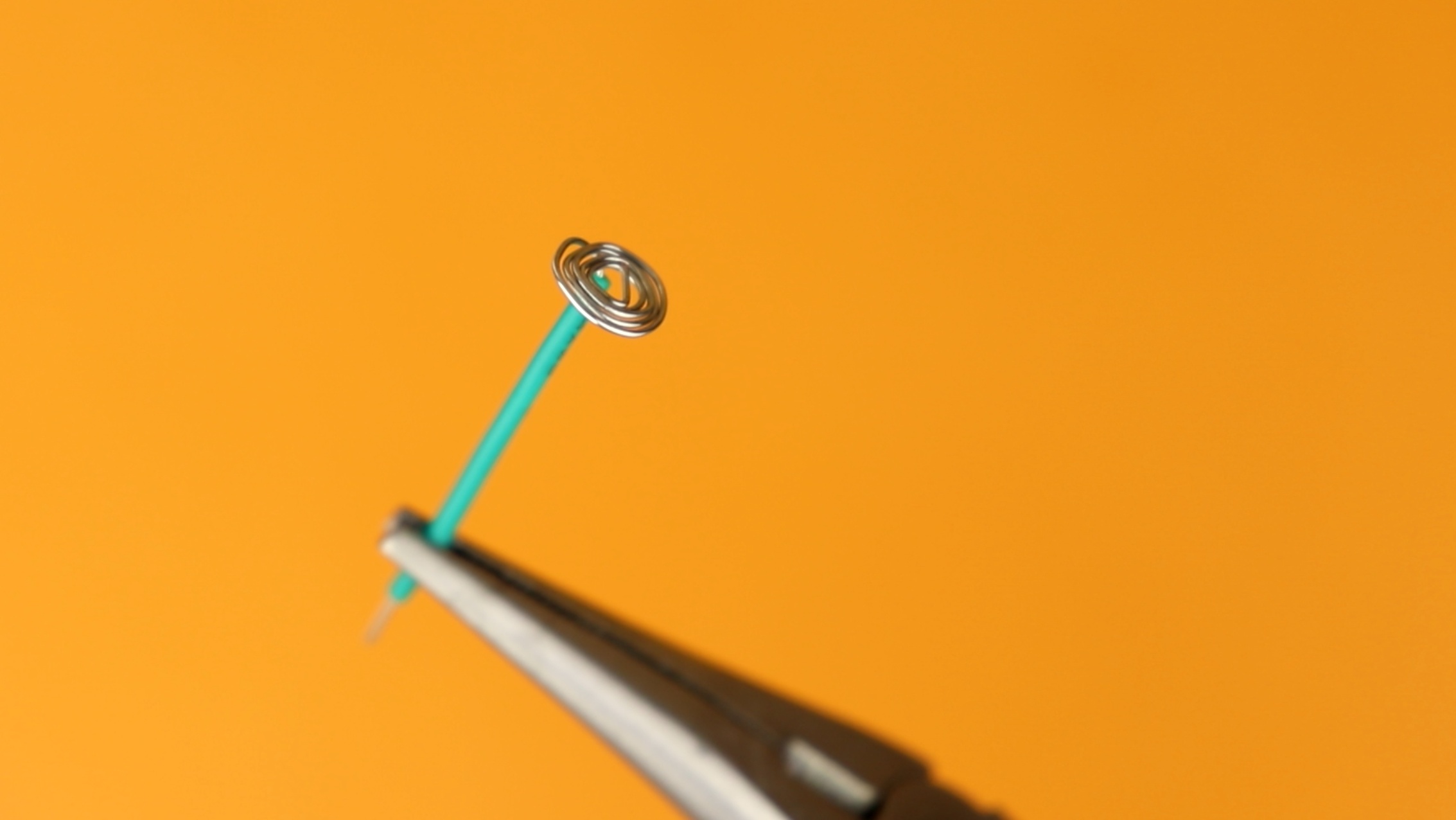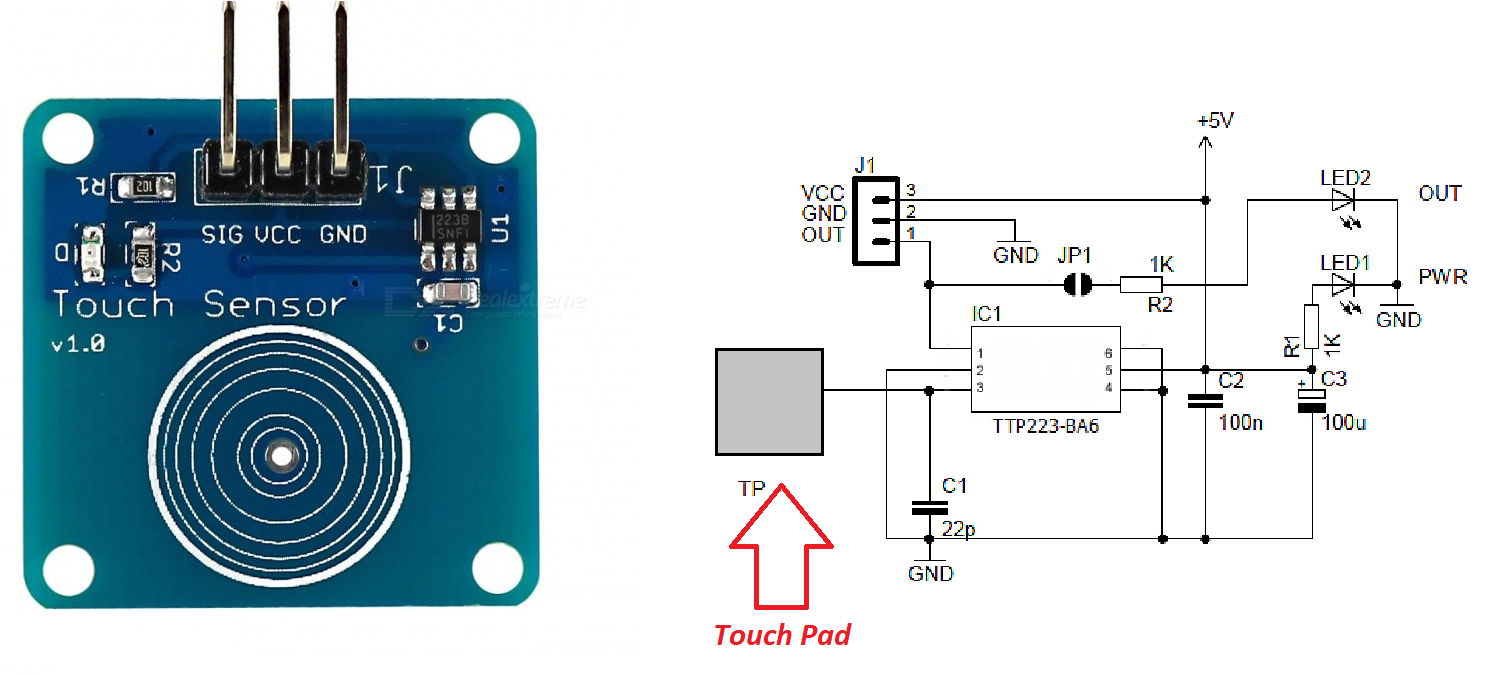


The additional charge storage capacity added by the finger is known as finger capacitance, C F. Placing a finger near fringing electric fields adds conductive surface area to the capacitive system. A parallel plate capacitor is not a good choice for such a sensor pattern.


Part of the challenge of making a practical capacitive sensor is to design a set of printed circuit traces which direct fringing fields into an active sensing area accessible to a user. Some of the energy spills over into the area outside the plates, and the electric field lines associated with this effect are called fringing fields. Most of the energy in this system is concentrated directly between the plates. It is the conductive property of fingers that makes capacitive touch sensing possible.Ī simple parallel plate capacitor has two conductors separated by a dielectric layer. The tissue of the human body is filled with conductive electrolytes covered by a layer of skin, a lossy dielectric. Glass overlays also have direct application in so-called “white goods” (household appliances).Īt the heart of any capacitive-sensing system is a set of conductors which interact with electric fields. Glass is easy to work with, readily available, and transparent so you can see the underlying sensor pads. To demonstrate how to make a capacitive sensor that pushes the limits of today’s technology, the thickness of the glass overlay in this example is set at 10mm. In other words, as the overlay thickness increases, the process of tuning the system moves from science to art. Sensing a finger through an overlay becomes increasingly more difficult as the overlay thickness increases. Typical capacitive sensor designs specify an overlay of 3 mm or less. Touch sensors have been around for years, but recent advances in mixed signal programmable devices are making capacitance-based touch sensors a practical and value-added alternative to mechanical switches in a wide range of consumer products.


 0 kommentar(er)
0 kommentar(er)
